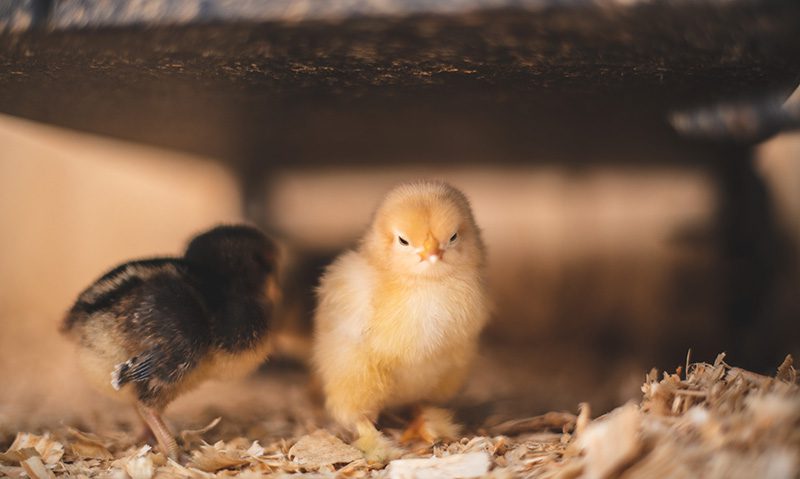The Art of Collecting and Using Rose Petals at Gentry Homestead
Greetings from the serene rose gardens of Gentry Homestead! Our property is resplendent with lush, vibrant rose bushes that are more than just picturesque landscaping elements; they are also a treasure trove of beautiful and fragrant rose petals. Over the years, we've perfected the art of collecting these petals, and we're excited to share this journey, from petal plucking to using them in various delightful ways.
The first step is the collection process. Typically, we gather petals in the morning after the dew has dried but before the midday sun, when the roses are at their most aromatic. We choose only the healthiest and most vibrant roses, leaving any browning or damaged petals behind. We approach the bushes with care, remembering to prune properly for the plant's health and future growth. Gentle handling is crucial; we aim to keep the petals intact, ensuring their natural oils remain undisturbed.
After collecting a bounty of petals, we initiate the drying process. To begin, we spread the petals in a single layer on a flat surface lined with parchment paper. We favor air-drying in a dark, dry space with good air circulation, usually taking around one week. A faster alternative is the oven method. We set the oven to its lowest setting, usually under 200 degrees Fahrenheit, and leave the petals for about two to three hours. Whichever method used, the goal is to dry the petals without losing their vibrant colors and enchanting aroma.
Once we have our dried petals, we can start exploring their myriad uses. A favorite at Gentry Homestead is to use them for making rose petal tea, a fragrant and calming drink that pairs perfectly with our homemade biscuits. The petals also make a fantastic ingredient in rose-infused oil, which is used for aromatherapy or as a base for beauty products like lotions and body scrubs.
Another popular use is creating potpourri. The mix of dried rose petals and other aromatic plant materials adds a pleasant, natural scent to homes. In culinary arts, the rose petals serve as an exotic element, from adding a floral touch to salads and desserts to making rose water and rose-flavored jellies and syrups.
Finally, the dried rose petals make wonderful gifts. Whether packaged in an elegant jar for potpourri or included in a personalized tea blend, they offer a piece of the tranquility and beauty we enjoy daily at Gentry Homestead.
We take immense pride in our roses, and it's an honor to share the delight of their petals with you. Through collecting, drying, and utilizing these petals, we hope to bring a piece of our verdant rose garden into your life, no matter where you are.






